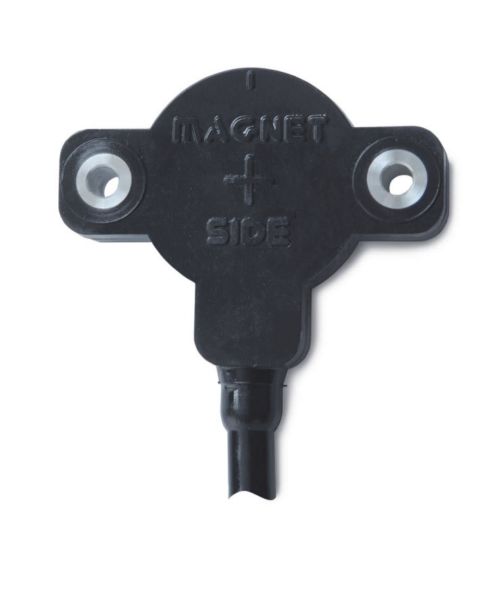Articulated vehicles are designed for advanced maneuverability and precision in challenging environments. These vehicles use steering systems to ensure synchronized movements between their front and rear parts. The control over the movements can be maintained using position sensors.
Articulated vehicles have a pivot joint in their design, enabling the front of the vehicle to turn relative to the rear. They are commonly seen in non-road mobile machinery (NRMM), such as loaders and forest machinery. Vehicle-trailer combinations, like a tractor/agriculture seed drill or tractor/road maintenance equipment, can also be considered as articulated vehicles when there is steering feedback between the vehicle and trailer. Articulated steering connects the front and rear halves of a vehicle or mobile machinery so that they turn in a controlled and synchronized manner.
Articulated vehicles are more agile and easier to maneuver, making them ideal for small spaces, where precision is necessary, and for increased safety and comfort for the operator. The agile steering also enables the rear wheels to follow the path of the front wheels. This results in less soil damage – a common requirement for forestry and agricultural machinery.





